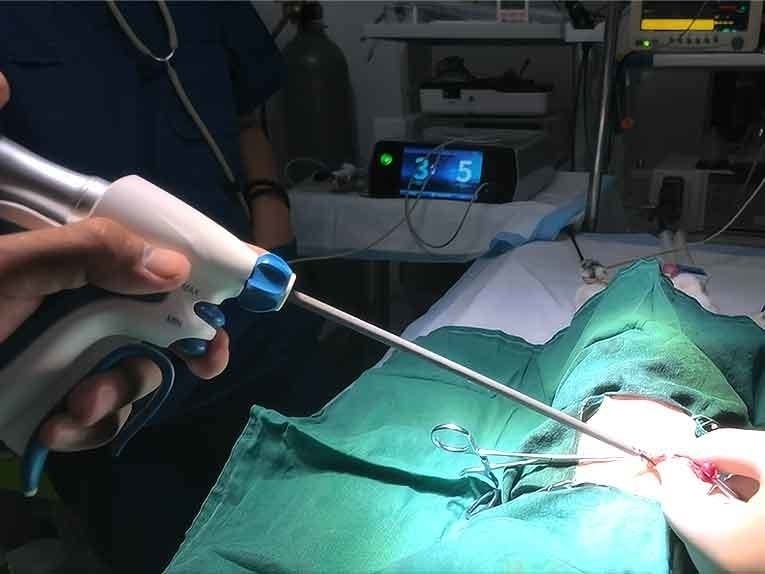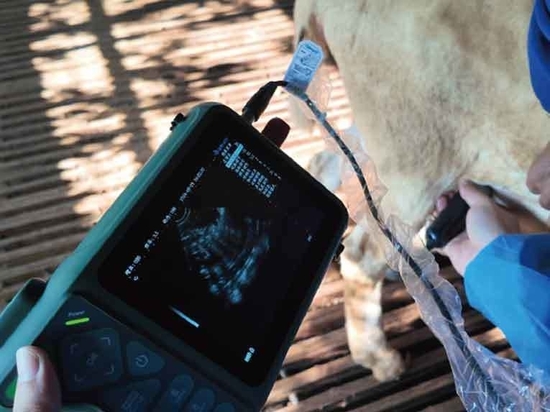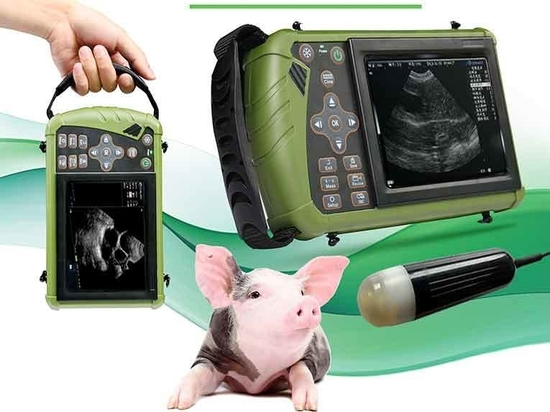
#Livestock
Ultrasonic Scalpel in Pet Care
Ultrasonic Scalpel in Pet Care
I. Why Are Veterinary Hospitals Upgrading to Ultrasonic Scalpels?
The ultrasonic scalpel, formally known as an ultrasonic cutting hemostatic device, utilizes ultrasonic cavitation effects and high-frequency mechanical vibrations to alter the structure and state of biological tissues. In the pet care market, ultrasonic scalpels have gained widespread application due to their unique characteristics.
Precision Cutting and Hemostasis
The ultrasonic scalpel employs high-frequency vibrations to generate heat for cutting and coagulating tissues. These vibrations create ultrasonic cavitation effects and high-frequency mechanical oscillations, causing water in tissues to vaporize, protein hydrogen bonds to break and denature, and cells to disintegrate. This enables rapid tissue separation and sealing. Such properties allow the ultrasonic scalpel to achieve precise tissue cutting while effectively controlling bleeding during pet surgeries, significantly reducing intraoperative and postoperative blood loss.
Safe and Efficient Surgery
The ultrasonic scalpel simplifies surgical procedures, shortens operation times, and enhances efficiency. Additionally, its minimal tissue damage promotes faster postoperative recovery and reduces complication risks, thereby improving overall surgical safety.
Broad Applications
(1) Spaying and Neutering
In sterilization surgeries, the ultrasonic scalpel excels at rapidly coagulating blood vessels, enabling bloodless or minimally invasive procedures. This reduces surgical risks, minimizes pet pain, and shortens recovery time.
(2) Tumor Removal
For certain tumor types, the ultrasonic scalpel allows precise excision of tumor tissue while protecting surrounding healthy structures from damage.
(3) Drug Implantation and Cyst Management
The ultrasonic scalpel is also used in procedures like drug implantation and cyst treatment. Its precision cutting and hemostatic capabilities ensure smoother surgical workflows.





